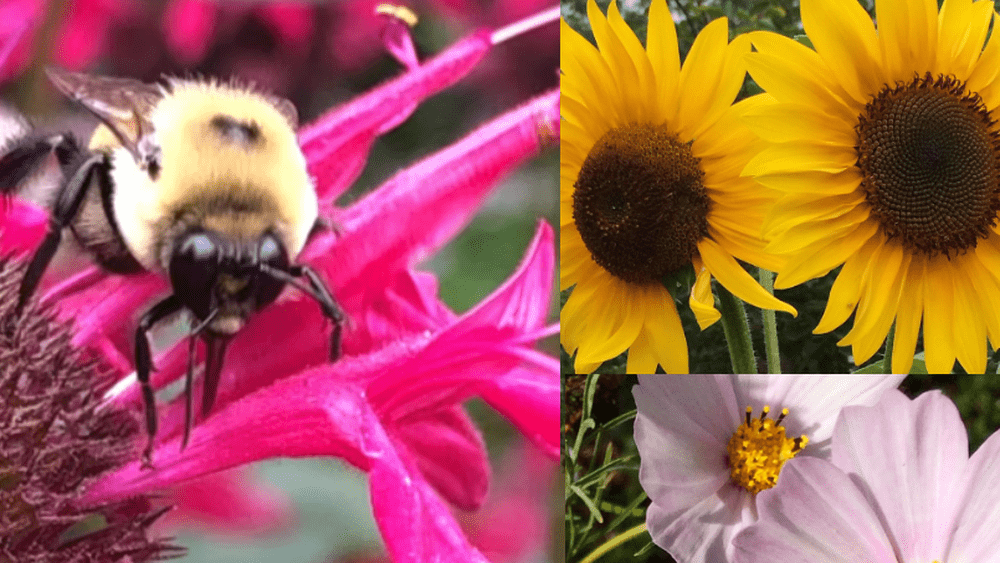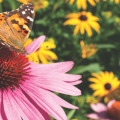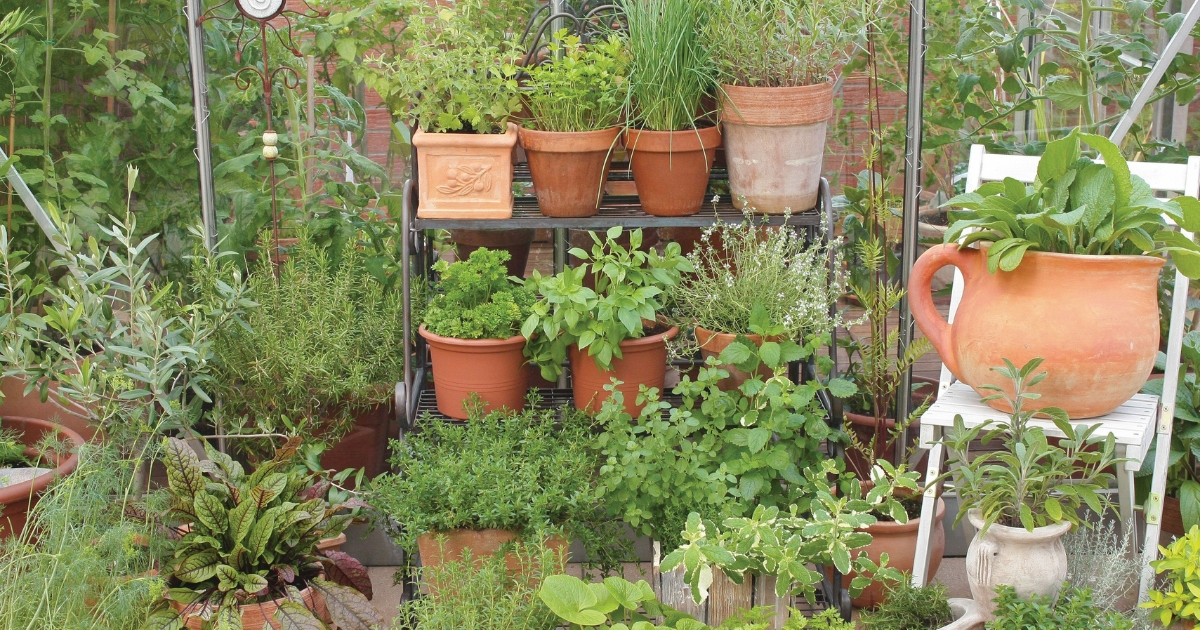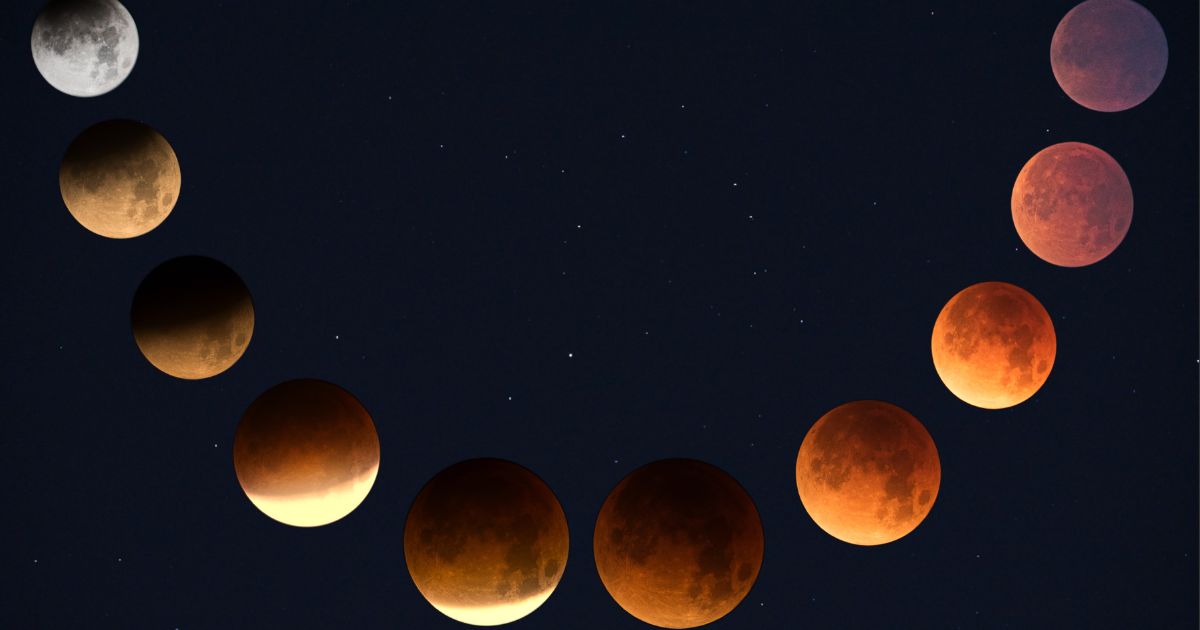As populations of pollinating insects decline across Canada, native bees hold the greatest promise for maintaining and enhancing the health of gardens and orchards. In early spring they emerge from hibernation when the temperature reaches around 10°C (50°F) and they are looking for food and shelter.
“Canadians can help curb the declining bee population by filling their gardens with flowers that begin blooming in early spring and carry through to late autumn,” says Victoria MacPhail the co-chair of Pollination Guelph, a non-profit organization dedicated to the conservation and development of pollinator habitat.
You can help boost the local bee population by planting flowers and plants in your backyard.
Here are 7 flowers, shrubs and trees that will attract bees to your garden
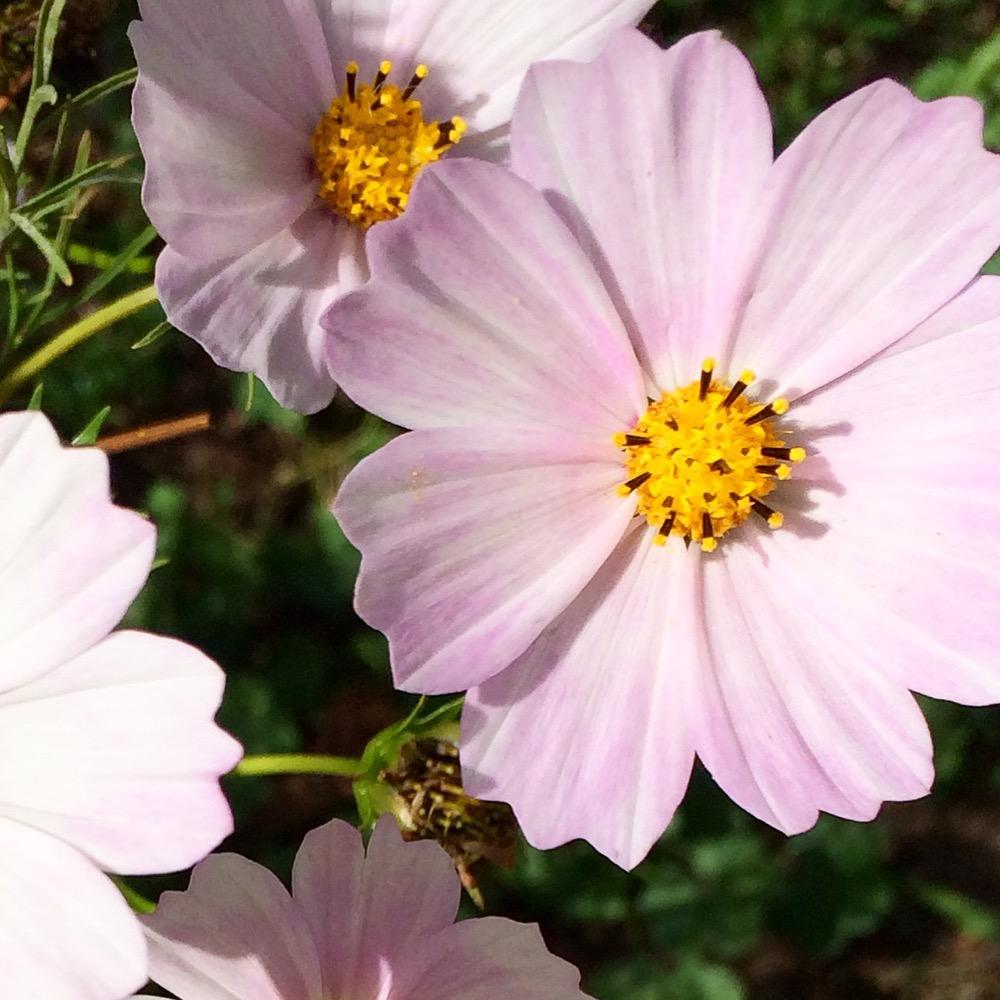
Cosmos
Bees love these tall (up to about 3 feet high) annual flowers that bloom from June until frost and are very easy to maintain. Select from light pink flowers, dark pink or white.
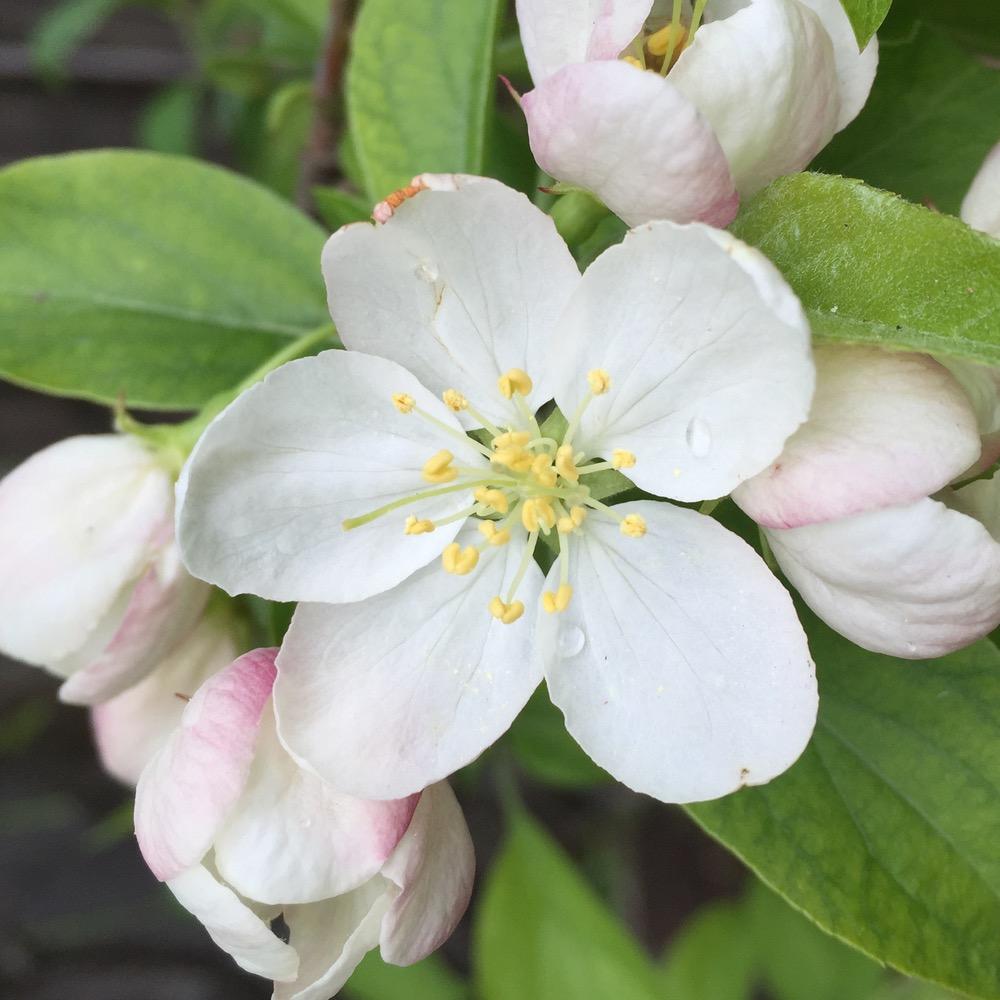
Crabapples
Crabapples bloom in the spring and have showy flowers that bees love. While most crabapples grow 15-20 feet tall, there are also a number of smaller varieties like ‘Sir Lancelot’ that don’t get much taller than 5 feet.
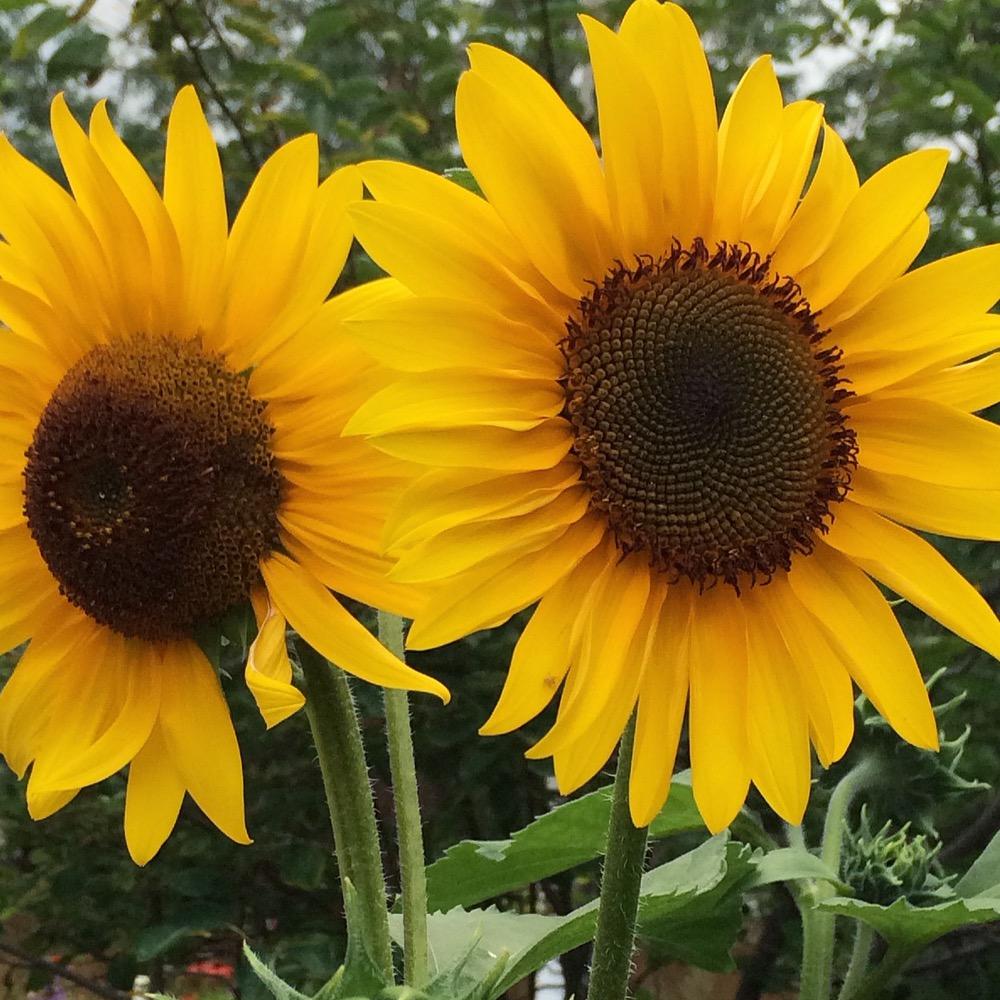
Sunflowers
Plant sunflowers and the bees will come. In the summer, sunflowers of all colours and sizes are a valuable food source for birds, bees and insects. Sow the seeds directly into the ground and patiently wait about 100 days for the plants to flower.
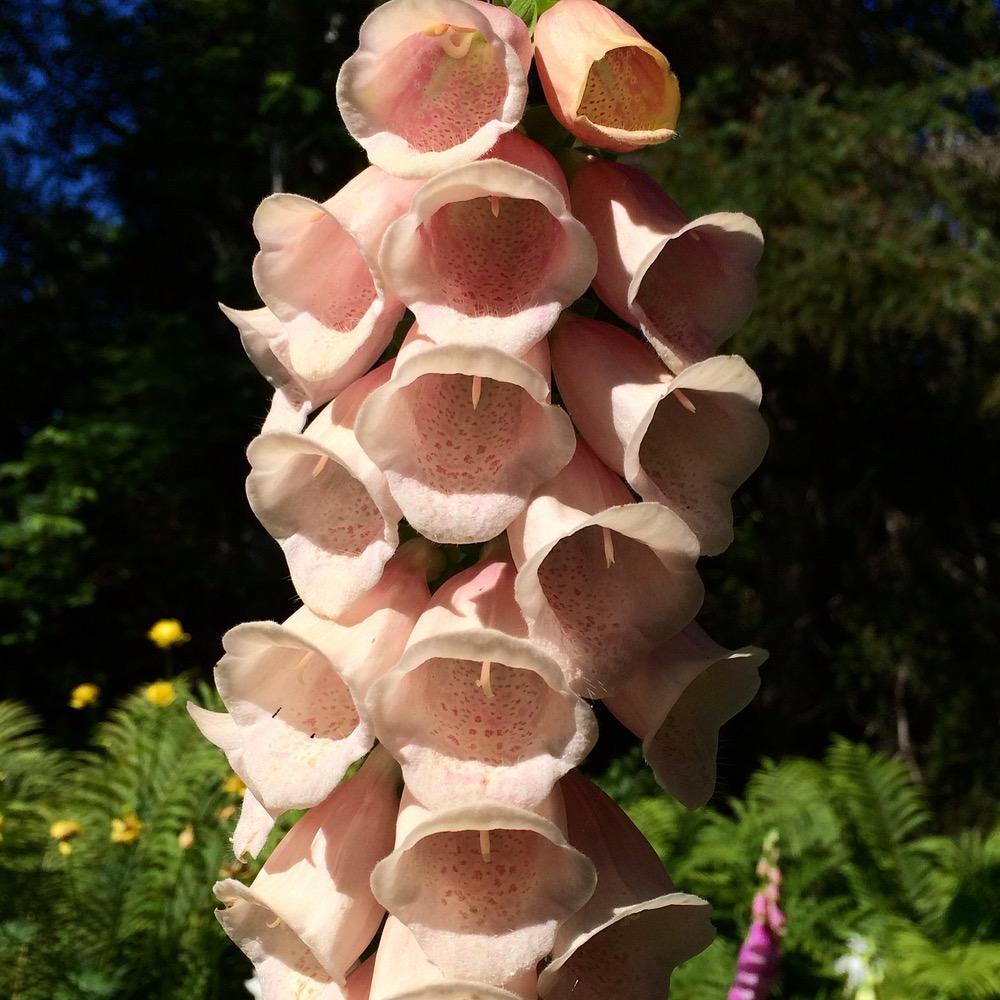
Foxglove
Foxgloves are beautiful and fun flowers to plant. The flowers open from the bottom upwards and the spotted and dappled marks inside lure the bees into the flower. They are pollinated by bumblebees, a cute site when you see the flowers buzzing with little bee butts hanging out of them.

Lantana
A sun-loving, warm weather plant, Lantana is a magnet for bees and other pollinators. This is the perfect annual for those hot and dry spots in your yard or planter.

Spirea
Bees love Spirea plants. The pink-flowering shrub is widely available, easy to grow and flowers for a few weeks in the middle of the summer. Varieties with golden foliage like ‘Goldmound’ Spirea and ‘Goldflame’ are especially interesting in the garden.
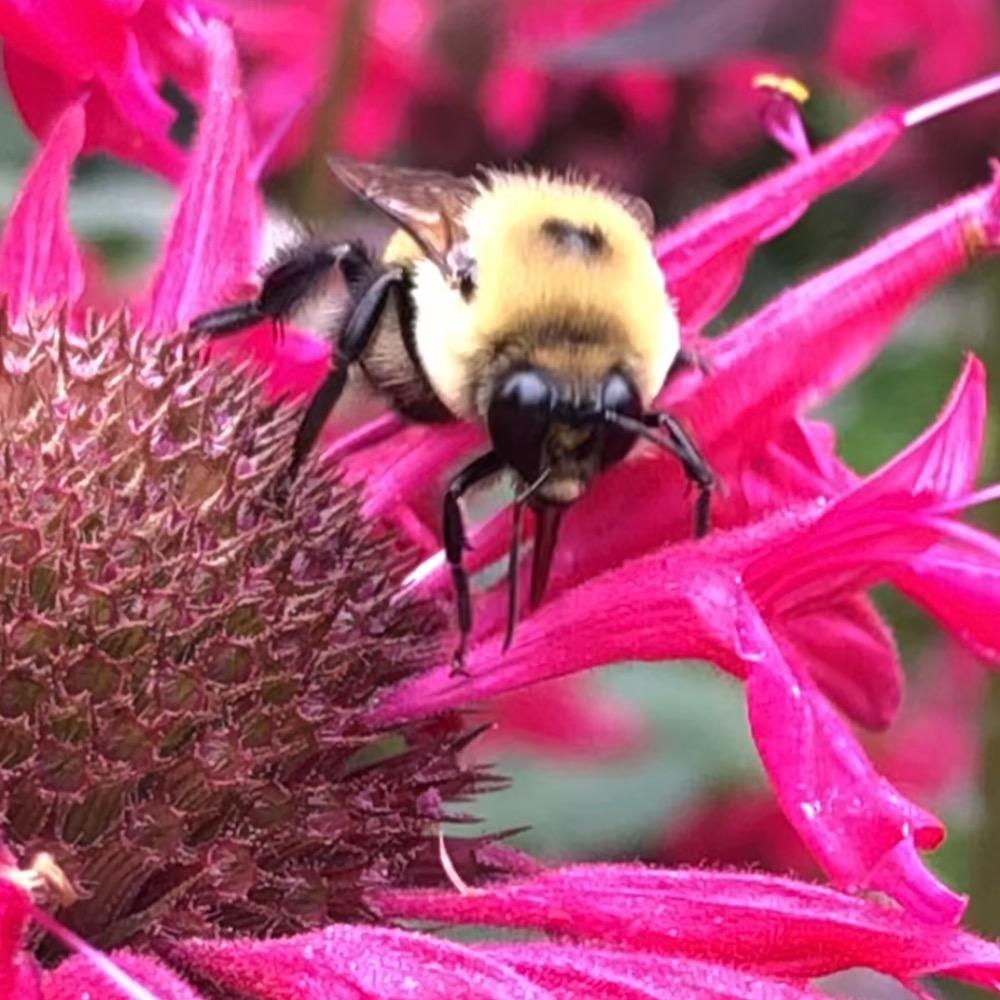
Bee balm
This list would not be complete without bee balm. As it’s name suggest, this flower attracts bees and other pollinators with it’s brightly coloured flowers that bloom all summer long. Often the plants can get up to 4’ tall and spread too, so plan your space well to account for this.
And, here’s Mark and Ben Cullen’s list of Top 10 Native Plants. Besides providing food for bees, butterflies and insects, native plants are low maintenance, require little to no watering once established, are adapted to our climate, and increase local biodiversity.

Jennifer Reynolds, our previous Editor-in-Chief, is a long-time authority in gardening, do-it-yourself projects, urban sustainability, parenting, placemaking and community matters. Her features and columns have been published in Canadian Living, Canadian Family, Gardening Life, House & Home, Globe & Mail, National Post, Toronto Star & more. Plus, her designs and expertise have been featured on dozens of HGTV, W Network and CTV shows.

